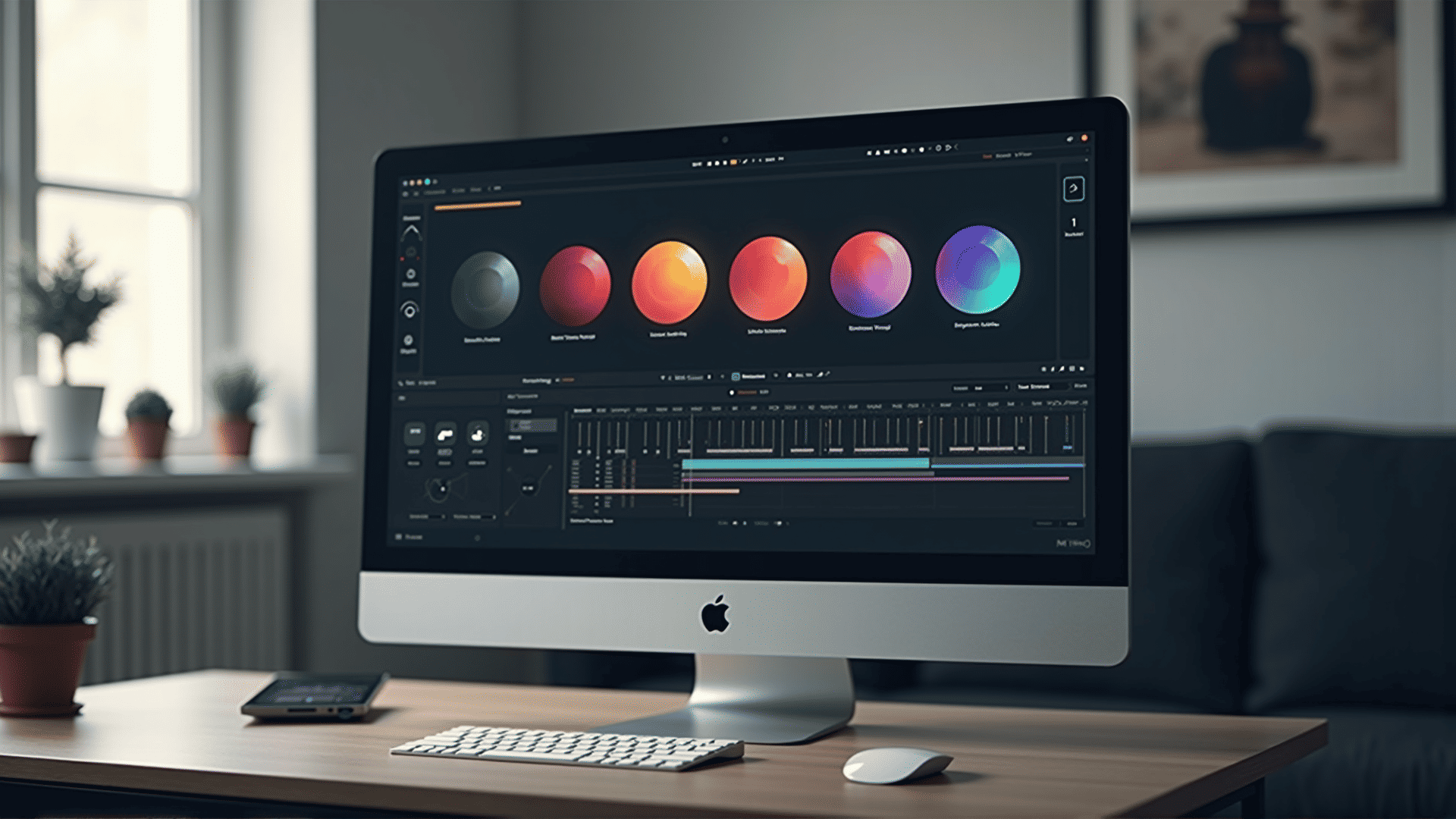Color grading is often the unsung hero in the world of video production, yet it plays a crucial role in transforming raw footage into a polished, visually compelling piece of art. Mastering advanced color grading can significantly elevate a video's appeal, ensuring it resonates with its audience through precise hues and professional aesthetics.
Understanding the Importance of Color Grading
Color grading is more than just a post-production step; it is an art form that involves modifying and enhancing the color of a motion picture, video image, or still image. The process brings life to footage, setting the mood, emphasizing certain elements, and unifying the overall look of the project. Whether it's a blockbuster film or a YouTube tutorial, a well-graded video tells a more compelling story, engages viewers, and leaves a lasting impression.
Essential Tools and Techniques
Advanced color grading involves a suite of sophisticated tools and techniques that allow for immense creativity and precision. Here are some key aspects to consider:
1. Color Correction
Before diving into artistic grading, color correction is the primary step that ensures that footage looks consistent and accurate. This involves adjusting contrast, brightness, white balance, and exposure levels to eliminate any color discrepancies and to create a balanced base for further adjustments.
2. Scopes and Monitoring Tools
Professional colorists rely heavily on video scopes—such as waveform monitors, vectorscopes, and histograms—to make informed decisions about color balance and exposure. These tools help identify issues that might not be immediately visible to the naked eye, ensuring that skin tones, shadows, highlights, and mid-tones are accurately and aesthetically presented.
3. LUTs (Look-Up Tables)
LUTs are predetermined color grading files that can transform footage with a specific set of looks. They provide a foundation for creating stylized appearances across different scenes or projects, saving time and maintaining consistency. While they are immensely useful, LUTs should be customized as needed to avoid generic looks.
4. Advanced Software
Advanced color grading demands powerful software that provides extensive control over each aspect of an image. Programs like DaVinci Resolve, Adobe Premiere Pro, and Final Cut Pro offer advanced features such as multi-layer grading, curve adjustments, and mask tracking. These enable precise control over every detail, from subtle temperature shifts to bold color pops.
Crafting Emotional and Narrative Impact
Color grading is a powerful storytelling tool, capable of conveying emotions that align with the narrative. Warm colors might evoke feelings of comfort or passion, while cool tones can suggest calmness or tension. For instance, the eerie cyan tones in a thriller can heighten suspense, whereas desaturated colors in a drama might reflect the starkness of a character's journey.
To achieve such effects, colorists must work closely with directors and cinematographers to understand the emotional undertones of each scene. This collaboration ensures that the color palette aligns seamlessly with the story’s mood and enhances the intended emotional response.
The Significance of Education and Practice
For those looking to excel in advanced color grading, continuous learning and practice are essential. Engaging in courses, watching tutorials, and experimenting with different projects can hone your skills. Staying updated with the latest software updates and industry trends is also crucial to maintain a competitive edge.
Conclusion
Advanced color grading is an indispensable skill in the world of video production, where visual excellence can make a significant difference in storytelling. By mastering this craft, video creators can transform their content with professional-quality hues, ensuring that their projects not only capture viewers' attention but also leave a profound impact. As the industry progresses, those who harness the full potential of color grading will find their work admired and remembered, standing out in an ever-crowded digital landscape.
